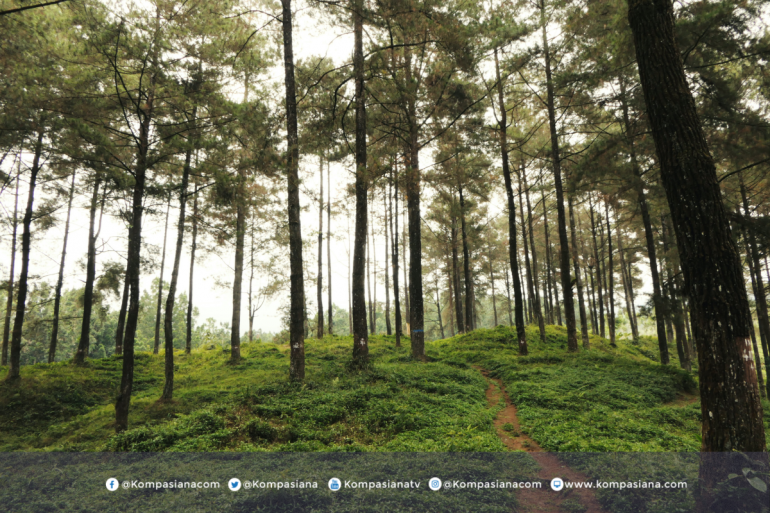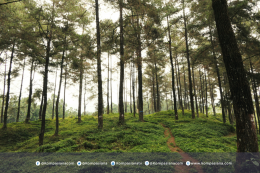Sundahri, Humizda Izza Maharani, Aditya Cindy Cantika, Siti Fitriyah Ningsih,
Early Delia Paramesti Yusrinatasia, Resa Aditya Arel
Faculty of Agriculture, The University of Jember
Corresponding author: Sundahri.faperta@unej.ac.id
The preparation of land for rubber nurseries is a multifaceted endeavor that entails careful consideration of various agro-ecological factors and sustainable practices to ensure optimal growth of rubber seedlings. Rubber trees (Hevea brasiliensis) require specific climatic conditions, nutrient-rich soil, and an efficient management plan to thrive; thus, land preparation is a foundational step that significantly affects the long-term productivity of rubber plantations (Lestari & Noor'an, 2022). This response discusses the critical steps involved in land preparation for rubber nurseries, drawing on multiple scholarly sources to support each aspect.
Soil Assessment and Selection
The first step in land preparation involves a thorough assessment of soil quality. Rubber trees prefer well-drained, loamy soils with a pH range of 4.5 to 6.0, which allows for adequate nutrient availability and root establishment (Monkai et al., 2022; Sari et al., 2021). In regions like Tripura, India, studies illustrate that soil properties, such as cation exchange capacity, significantly impact rubber seedling performance, necessitating a soil analysis before planting (Umeobi et al., 2021). Farmers must focus on selecting land with physiological parameters that favor rubber growth, such as low erosion rates and sufficient soil fertility. This foundational understanding of soil science plays a pivotal role in determining the anticipated yield outcomes.
Clearing and Tilling
Once suitable land is identified, the next step involves clearing the area of existing vegetation and debris, which can hinder the establishment of rubber seedlings. Land clearing should be conducted with care to minimize soil disturbance and avoid unnecessary erosion (Nguyen et al., 2020; Liyanaarachchi et al., 2022). Tilling the land is equally important as it improves soil aeration and prepares a conducive seedbed. Scholars recommend using harrowing and plowing techniques tailored to the particular soil type to create an optimal seedbed for sowing (Xian et al., 2024; Siswo et al., 2022). However, an important aspect to consider is maintaining the ecological balance; excessive tilling can disrupt soil structure and lead to degradation over time.
Fertilization and Soil Amendment
The incorporation of soil amendments is a critical step in enhancing soil fertility. Prior to planting, it is advisable to conduct soil tests to determine nutrient deficiencies---particularly nitrogen, phosphorus, and potassium---which are crucial for rubber seedling vigor (Ali et al., 2022). Organic amendments, such as compost or well-rotted manure, not only provide essential nutrients but also improve soil texture and water retention capacity, factors vital for seedling establishment (Li et al., 2021; Rambe et al., 2023). Research has shown that integrating organic matter into the soil can enhance microbial diversity and overall soil health, benefiting the rubber nursery ecosystem in the long run (Nguyen et al., 2020).







